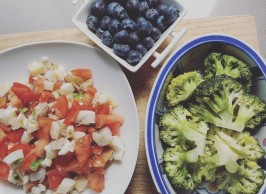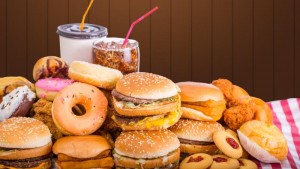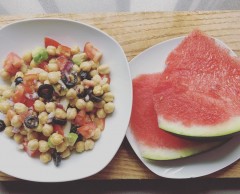What is real food?
You have probably heard it from someone or read it on a social network, real food is in fashion and more and more people are now consuming it. But what is real food? This movement is helping people to improve their diet and therefore their health, but the name chosen is also bringing some controversy, or is there any food that is not real?

What is real food?
Some time ago we discussed some of the problems of controlling the calories in a diet, but in short, the problem was talking about calories, proteins, carbohydrates, vitamins, etc. instead of food. A diet should focus on food and we should take care that these foods are of high quality and are combined in the best way.
This is what the "real food" movement is all about, eating food that is as unprocessed as possible. So it is about nothing less than standing up to the food industry that has saturated supermarkets with hyper-processed products. It is obvious that fast food has won a few games and has turned us into a society where obesity is one of the biggest problems, so it is time to reverse the result.
RECOMENDADO

The best apps for cycling and mountain biking

Black Friday 2025 cycling bargains: save on Garmin, POC, Maxxis and more

Black Friday Garmin 2025: the ultimate guide to choosing your GPS at the best price

Do you need suspension on your gravel bike?

A real workout saver of only 56 min on the turbo trainer

Which profile wheels to choose according to the area where you live: mountain, flat or coast

The website realfooding.com explicitly lists the foods to be consumed in order of priority: vegetables, fruits, nuts and seeds, tubers and roots, pulses, fish and seafood, eggs, meats, whole grains, virgin oils, quality dairy products, coffee, cocoa and herbal teas, herbs and spices.

The real food movement does not claim that all the food we eat should be raw or uncooked, but that processing should not diminish the quality of the food, and if it does, it should be minimal.
A real food diet encourages us to be conscious of the food we eat and try to challenge ourselves to eat and cook fresh food. It may take a little more time, but the results are certainly worth the effort. In fact, many athletes are already looking to improve their performance by following a real food diet.